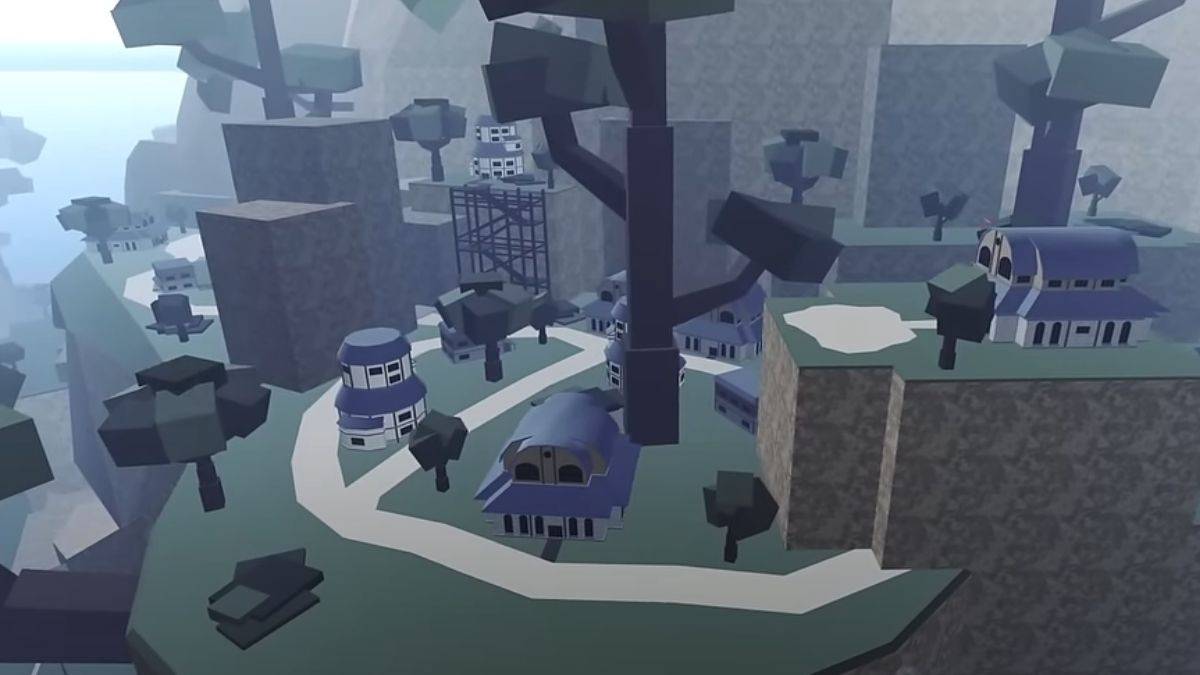The History of Monster Hunter Weapons
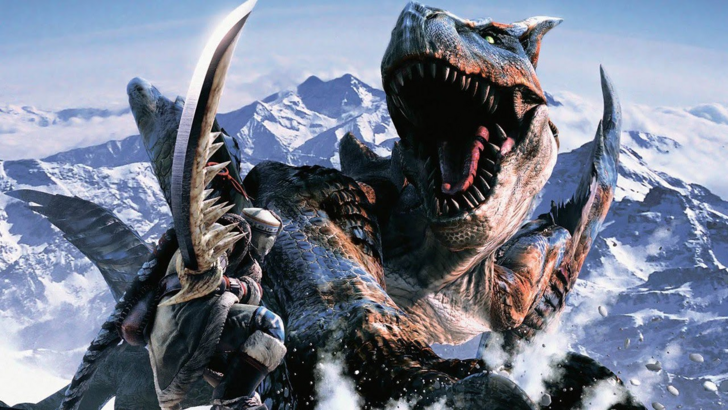
Monster Hunter is renowned for its diverse weapon selection and captivating gameplay. But did you know even more weapons exist, absent from recent titles? Discover the rich history of Monster Hunter weaponry below.
← Return to Monster Hunter Wilds' main article
History of Weapon Types in Monster Hunter
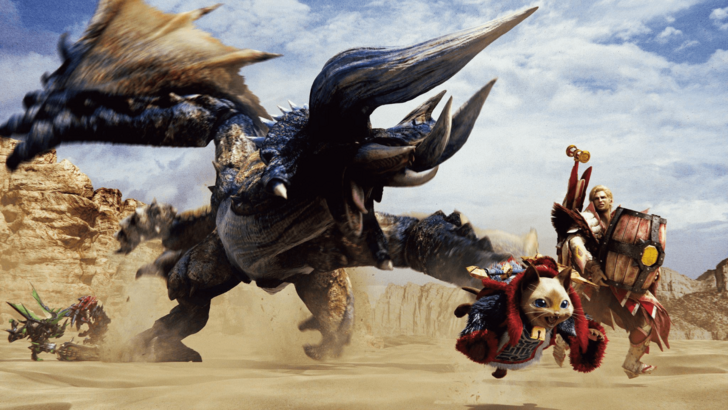
Monster Hunter's legacy spans over two decades, beginning in 2004. A hallmark of the series is its varied weapon types, and Monster Hunter Wilds continues this tradition with fourteen distinct options, each possessing unique strengths, weaknesses, movesets, and mechanics.
The evolution from the original Great Sword to its modern iteration is dramatic, reflecting the game's growth. Furthermore, several weapons from older games remain unreleased in the West. Let's delve into Monster Hunter's history, focusing on the hunter's most crucial tool: the weapon.
First Generation

These weapons debuted in the original Monster Hunter and its variations. These foundational weapons have endured, evolving with refined movesets and mechanics.
Great Sword

Arguably the franchise's most iconic weapon, the Great Sword's history traces back to 2004. Known for its immense power, its high damage comes at the cost of mobility. While capable of devastating single hits, its attacks are slow, making movement challenging. The blade can also function as a shield, though at the expense of stamina and sharpness.
Initially, gameplay centered on hit-and-run tactics and precise spacing. While combos were possible, slow animations made extended chains inefficient. Interestingly, the blade's center inflicted more damage than the tip or hilt.
Monster Hunter 2 introduced the iconic Charged Slash, a multi-level charge attack culminating in a powerful swing. This remains a cornerstone of the weapon's design.
Subsequent games built upon this charging mechanic, adding finishers and smoother combo transitions. Monster Hunter World's shoulder tackle, for instance, allowed for quicker access to charged attacks.
The Great Sword offers a low skill floor but a high skill ceiling. Mastering its timing and maximizing damage output with the True Charged Slash separates proficient users from the rest.
Sword and Shield
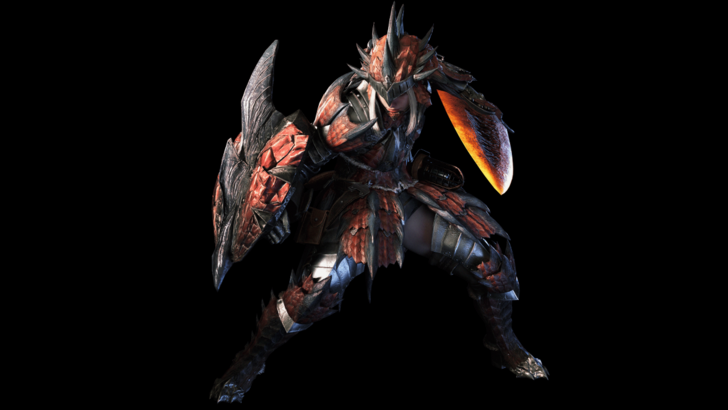
The Sword and Shield embodies versatility. Its relatively low single-hit damage is compensated by quick combos, blocking capabilities, high mobility, and utility. Initially considered a beginner weapon, its complexity has increased over the series.
Early gameplay relied on swift slashes and combos, leveraging its mobility. Monster Hunter 2 added the ability to use items while the weapon remained drawn.
Later installments expanded the moveset with shield bashes (Monster Hunter 3), backsteps and jumps (Monster Hunter 4), and the Perfect Rush and aerial finishers (Monster Hunter World and Rise).
Despite its short range and moderate damage, the Sword and Shield remains a jack-of-all-trades. Its infinite combo, speed, evasive backstep, powerful finishers, and defensive block make it a deceptively deep weapon.
Hammer
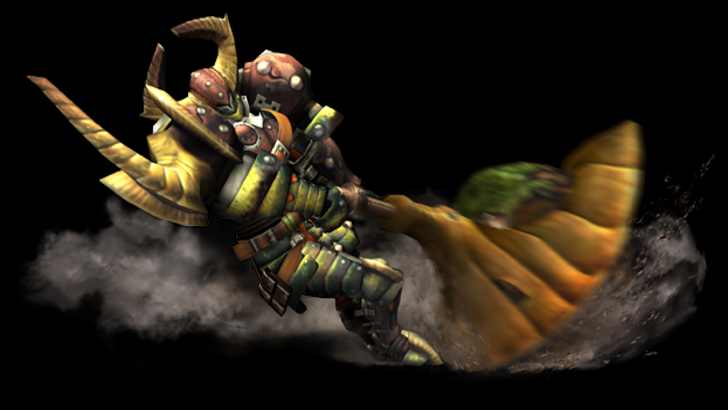
One of two blunt weapons (incapable of cutting tails), the Hammer excels at breaking parts, particularly heads. After Monster Hunter 2, it became the KO king, stunning monsters with repeated head strikes.
Its gameplay resembled the Great Sword's hit-and-run style, but with surprisingly high mobility for its appearance and the inability to block. Its unique charge mechanic allowed movement while charging.
The moveset remained largely consistent until Monster Hunter World and Rise, introducing the Big Bang and Spinning Bludgeon attacks, significantly enhancing its offensive capabilities beyond the classic golf swing and Superpound.
Two modes, Strength and Courage, were added, each altering charge attacks and effects. Effective use requires mastering mode switching based on monster matchups and maintaining charge while moving.
The Hammer's objective is straightforward: target the head and KO. While challenging, it rewards skillful players with devastating charged attacks and powerful combo finishers.
Lance

The Lance embodies the principle that a strong defense is a strong offense. Its long reach allows for ranged attacks, and its large shield blocks most attacks, even those typically unguardable with proper skill setup. Despite limited mobility and attacks, its damage output is considerable.
Gameplay resembles an outboxer: poking from a distance while shielded. Core attacks include forward and upward thrusts, chainable up to three times. A counter mechanic was added, further reinforcing this style. Running charge and shield bash attacks close the distance.
Often underestimated due to its less flashy animations, the Lance uniquely rewards a defensive, grounded approach. It transforms the hunter into a tank, offering superior defense compared to the Gunlance.
Light Bowgun
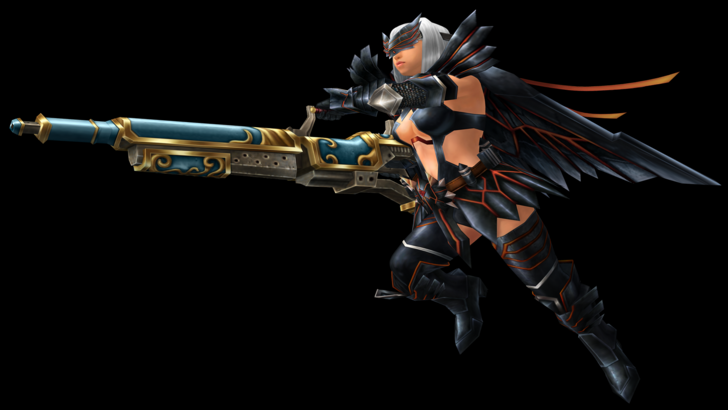
The Light Bowgun is a mobile ranged weapon, present in every game. Its smaller size allows for faster reloading, sheathing, and dodging compared to its heavier counterpart. However, it has limited ammunition options. Customization with barrels, silencers, and scopes allows for tailored builds.
While lacking the firepower of the Heavy Bowgun, its rapid-fire capability compensates, allowing it to surpass other ranged weapons in ease of use.
Monster Hunter 4 introduced "Critical Distance," adding depth to ranged combat by optimizing damage based on distance and ammunition type.
Monster Hunter World introduced Wyvernblast (ground bombs) and a slide maneuver, further enhancing its mobile, run-and-gun style.
The Light Bowgun evolved beyond a weaker Heavy Bowgun, becoming a distinct weapon with its own strengths, ease of use, and unique mechanics.
Heavy Bowgun

The Heavy Bowgun is the premier ranged weapon of the first generation. Its high damage and diverse ammunition options make it ideal for long-range bombardment. However, its size and weight severely restrict mobility. Customization options include shields for defense.
Initially, it served as a powerful artillery or support weapon. Its low mobility could lead to downtime if the monster focused its attention.
Monster Hunter 3 introduced Siege Mode, allowing for continuous firing without reloading. Monster Hunter World added Wyvernheart (minigun) and Wyvernsnipe (high-damage single shot) special ammo, requiring no standard ammunition.
The Heavy Bowgun's gameplay loop involves ammunition management, crafting stronger shells in-hunt. Its core identity remains unchanged: powerful ammunition for significant damage.
Dual Blades
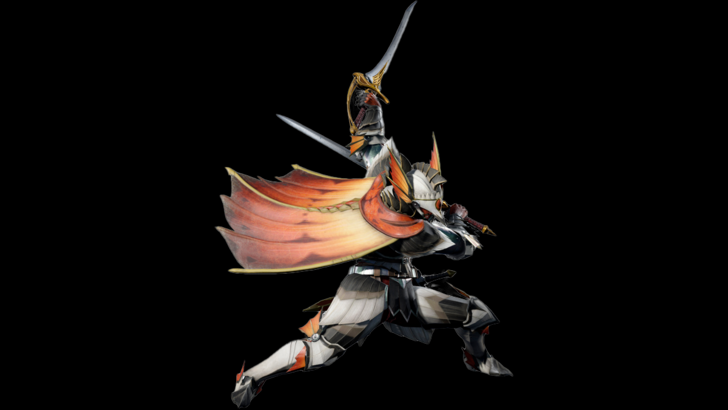
The flashy Dual Blades prioritize speed, excelling at inflicting status ailments and elemental damage due to their multi-hit attacks. Interestingly, despite being a first-generation weapon, it was only included in the Western release of the original Monster Hunter.
Speed and fluid combos define its gameplay. Demon Mode increases damage and access to more attacks, but consumes stamina.
Monster Hunter Portable 3rd and 3 Ultimate introduced the Demon Gauge, filling with each attack in Demon Mode. A full gauge activates Archdemon Mode, providing enhanced attacks and evasion without stamina drain.
The Demon Dash, a unique movement tool, allows for rapid traversal. Monster Hunter Generations Ultimate's Adept Style linked a perfect dodge to the Demon Dash, providing damage boosts.
While core gameplay remained consistent, enhancements like Archdemon Mode significantly improved its potential.
Second Generation
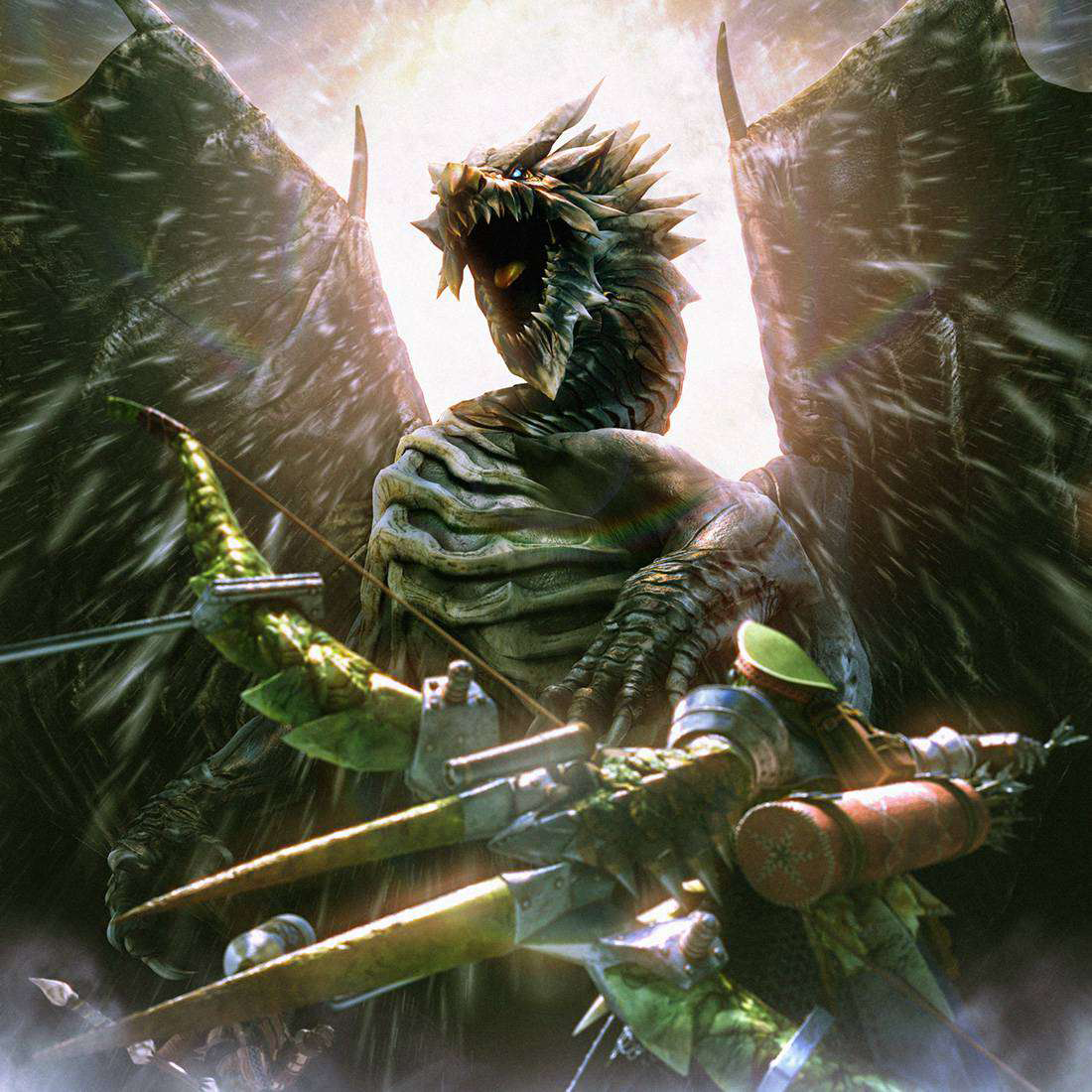
These weapons, introduced in the second generation, are akin to their first-generation counterparts but boast distinct movesets and mechanics.
Long Sword

Known for fluid combos, high damage, and refined mechanics, the Long Sword, introduced in Monster Hunter 2, offers greater mobility and more flowing combos than the Great Sword, but lacks a block. Its core mechanic is the Spirit Gauge, filled by landing attacks. A full gauge activates the Spirit Combo, dealing significant damage.
Monster Hunter 3 added Spirit Roundslash, a powerful finisher that increases the Spirit Gauge's level (white, yellow, red), granting progressively stronger attack buffs.
Monster Hunter World added Spirit Thrust Helm Breaker and Foresight Slash (a parry), further refining its combo flow. Iceborne introduced Iai Stance, providing Iai Slash and Iai Spirit Slash, enhancing its counter-attack capabilities.
The Long Sword's design evolved from combo-focused to counter-based, seamlessly integrating parries and counters to maximize its potential.
Hunting Horn

The Hunting Horn is a support weapon, introduced in Monster Hunter 2, dealing impact damage and utilizing Recitals (melodies) to provide various buffs (attack, defense, healing). It's generally weaker than the Hammer in raw damage.
Changes primarily revolved around Recital mechanics. Monster Hunter 3 Ultimate allowed note playing during attacks, improving fluidity. Monster Hunter World introduced song queuing, streamlining buff activation. Iceborne added Echo Notes, providing buffs when walking over specific areas after a recital.
Monster Hunter Rise overhauled the weapon, simplifying Recitals (double-tap for songs) and automating buffs. This simplification was divisive, with some praising its accessibility, while others lamented the loss of complexity.
Gunlance

The Gunlance, a hybrid of Lance and Bowgun, combines a shield and lance with shelling capabilities. Its attacks are primarily slashing, unlike the Lance's piercing attacks. Wyvern's Fire is a charged explosive attack.
Different shelling types affect attacks. Monster Hunter 3 introduced quick reload, enabling infinite combos, Full Burst (downward slam), and additional shell charging.
Monster Hunter X added the Heat Gauge, increasing damage with shelling but risking overheating. Monster Hunter World added Wyrmstake Shot (exploding impale).
The Gunlance's unique reloading mechanics and balancing of shelling and physical attacks define its gameplay.
Bow

The Bow, introduced in Monster Hunter 2, is the most agile ranged weapon, specializing in close-to-mid-range combat and fluid combos. Chargeable attacks increase arrow count. Coatings modify damage and inflict status effects.
Early iterations featured Shot Types, affecting available attacks. Monster Hunter World unified the moveset, integrating Shot Types into base attacks and making Close-Range Coating infinite. Monster Hunter Rise reintroduced Shot Types, tied to charge levels.
The Bow's aggressive, combo-heavy style distinguishes it from the point-and-shoot gameplay of Bowguns.
Third and Fourth Generation
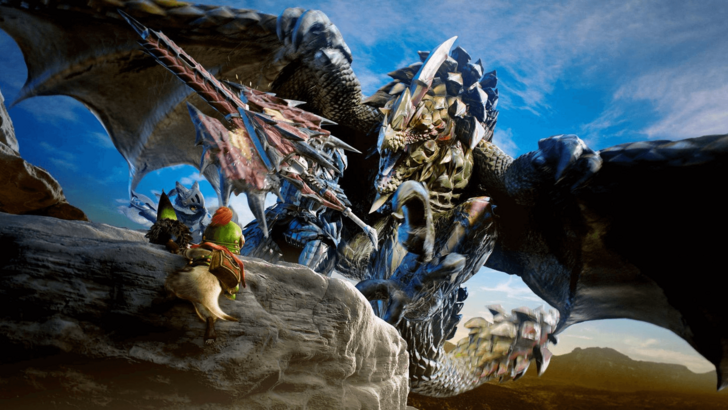
These weapons, introduced in Monster Hunter 3 and 4, are morphing weapons with unique mechanics.
Switch Axe
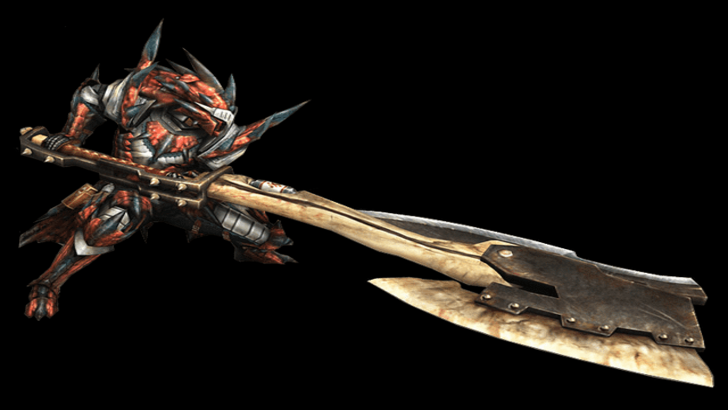
The Switch Axe (Monster Hunter 3) features Axe and Sword modes. Axe Mode is mobile and long-reaching, with an infinite stamina-based combo. Sword Mode offers quicker swings, phials, and the Elemental Discharge finisher.
Balancing both modes is key. Monster Hunter World introduced Amped state, empowering Sword Mode attacks. Monster Hunter Rise extended Amped to both modes.
The Switch Axe's form-swapping gameplay and explosive combat style make it unique.
Insect Glaive

The Insect Glaive (Monster Hunter 4) is an aerial weapon, utilizing a Kinsect to collect essences for buffs (red: attack, white: mobility, orange: defense). It excels at mounting monsters.
While the base moveset is unremarkable, the essences unlock its true potential. Monster Hunter World: Iceborne added Descending Thrust. Monster Hunter Rise simplified Kinsect upgrades and introduced new Kinsect types.
Collecting essences quickly is crucial for maximizing its potential.
Charge Blade
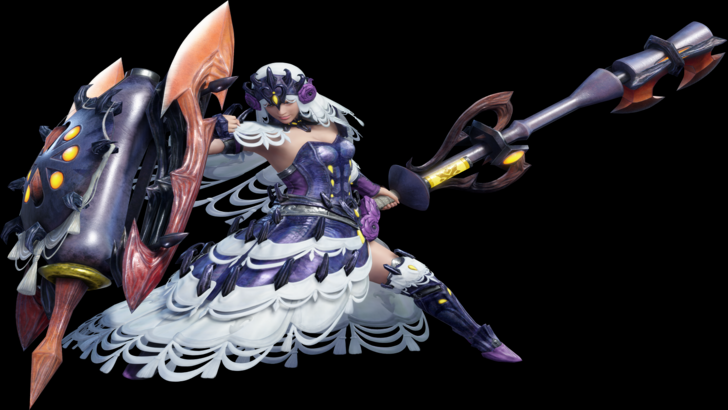
The Charge Blade (Monster Hunter 4) is a morphing weapon with Sword and Axe modes. Sword Mode charges phials, and Axe Mode unleashes Amped Elemental Discharge. It's known for its complexity.
Mastering Guard Points is crucial for efficient phial charging. Understanding mode transitions and monster behavior is essential for maximizing its potential.
The Charge Blade's versatile offense and deep mechanics make it a rewarding, albeit challenging, weapon.
Will There Be More?

While Monster Hunter Wilds features fourteen weapons, more exist in the series' history, unreleased in the West. Future installments may introduce new weapons or revive older ones.
You may also like...








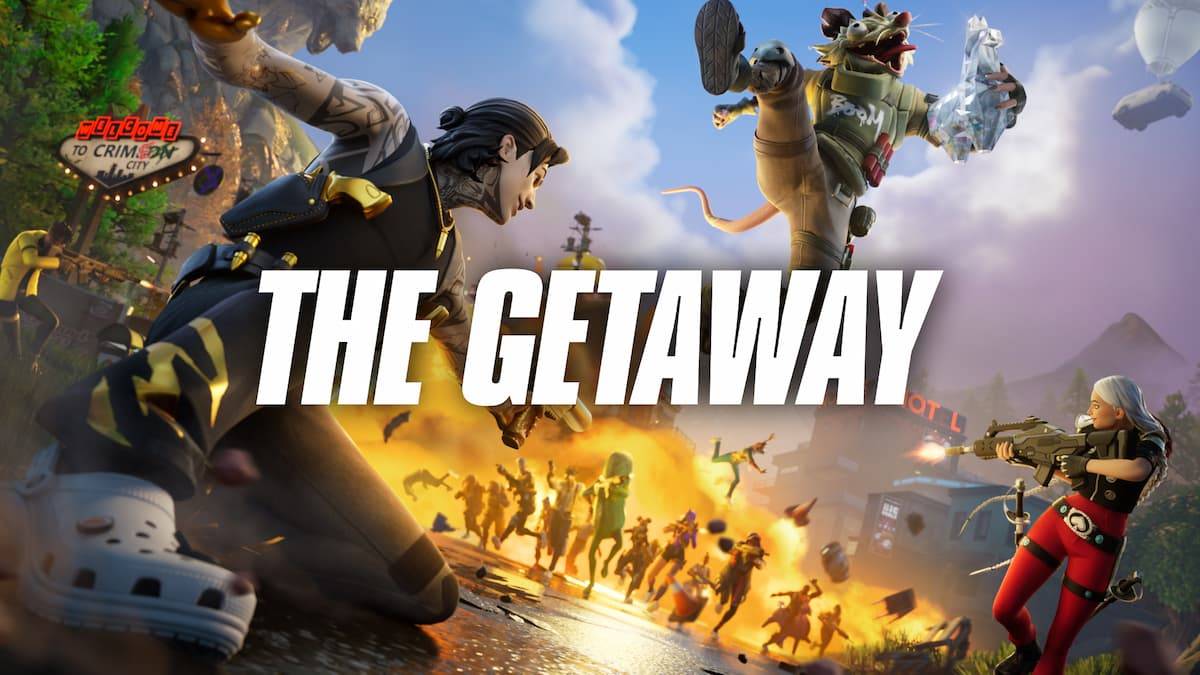

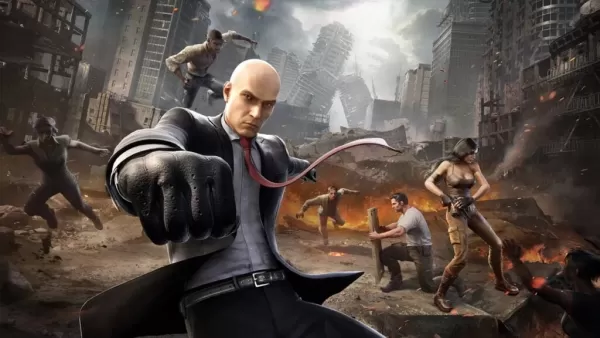


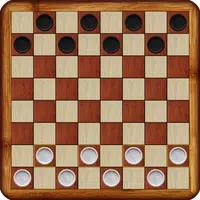


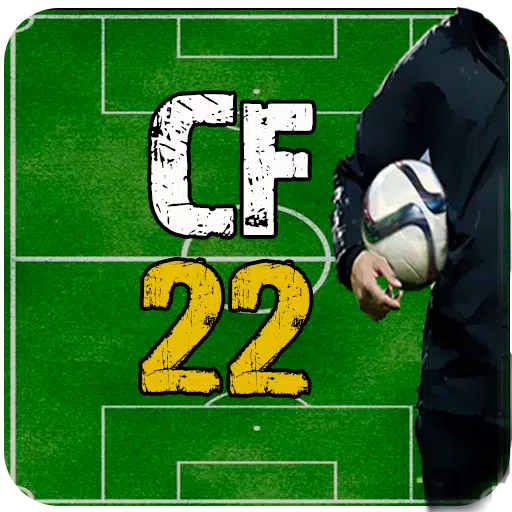


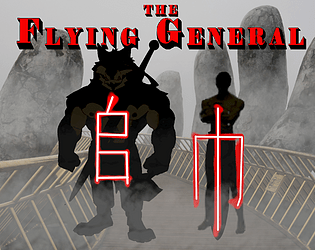

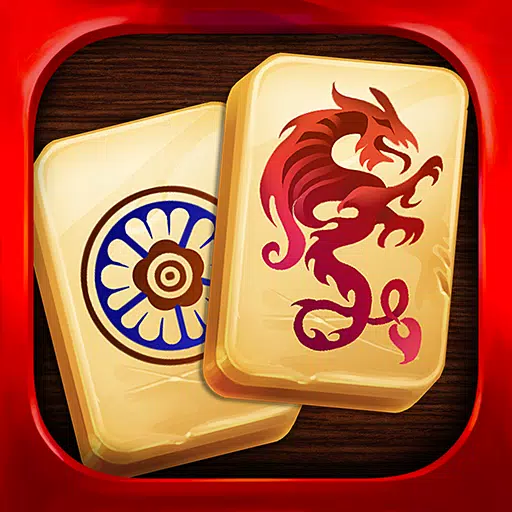

![FurrHouse [Ch. 3]](https://images.dshu.net/uploads/30/1719555089667e54115d59f.jpg)


